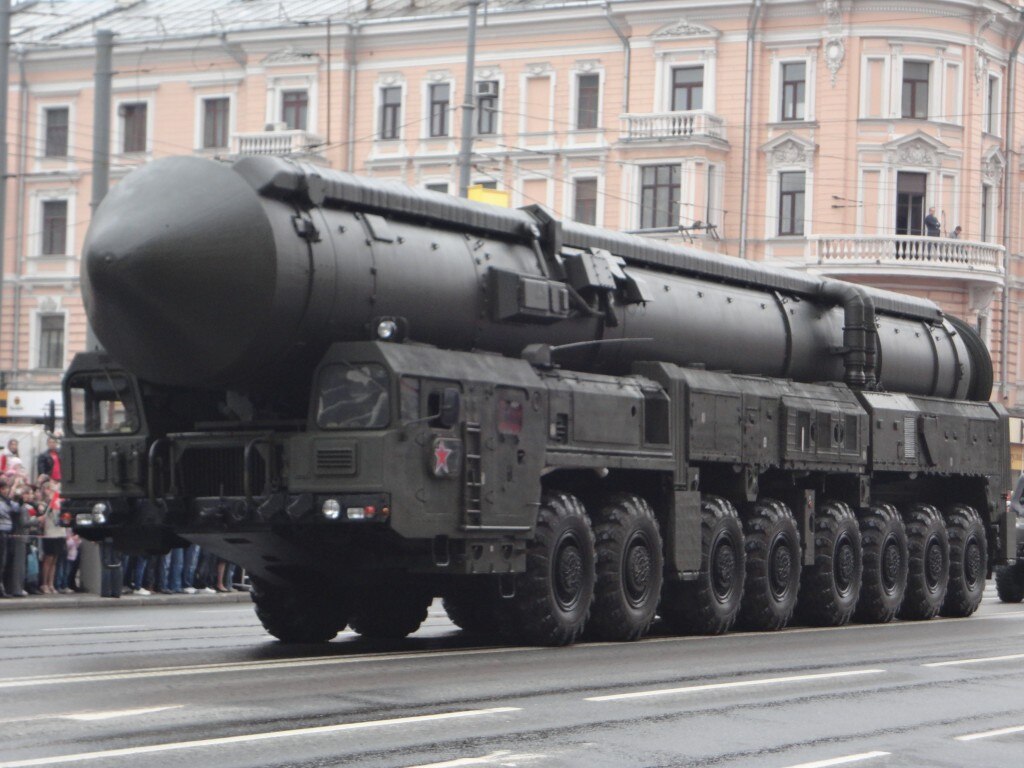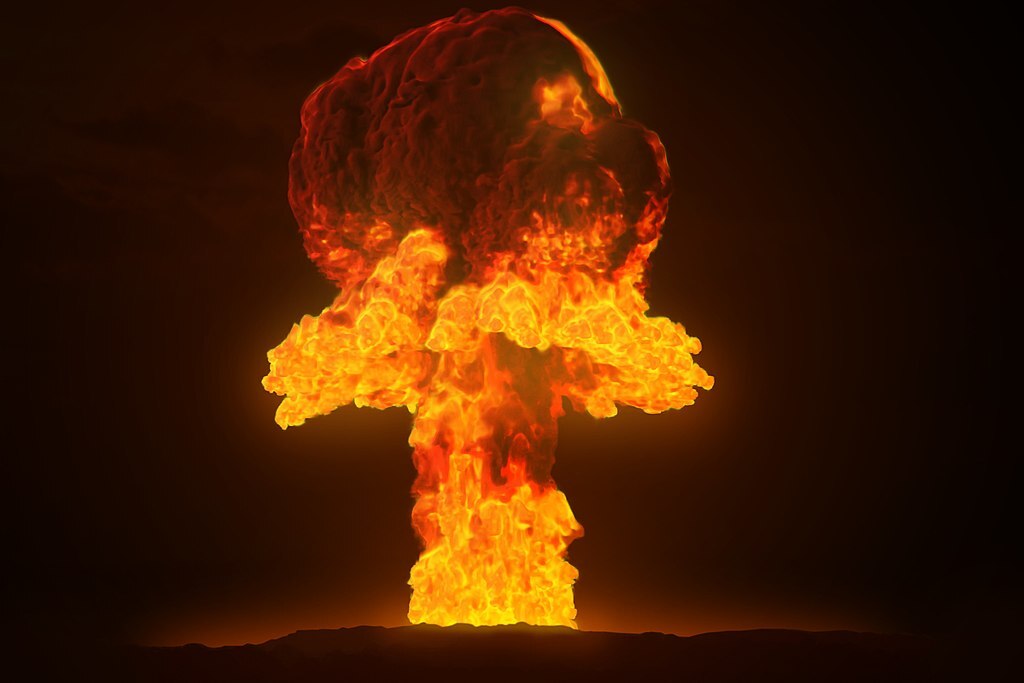Imran Ahsan Karim-Mirza, Australia

I first read Revelation, Rationality, Knowledge and Truth in 1999, and I was profoundly captivated. The interpretations presented by Hazrat Khalifatul Masih IV, Mirza Tahir Ahmadrh, were astounding and provided profound insights into the contemporary age. One particular translation that stood out to me was of the word hotamah in the following verses of the Holy Quran:
کَلَّا لَیُبَذَنَّ فِی الۡحُطَمَۃِ ۫وَمَا اَدۡرٰٮکَ مَا الۡحُطَمَۃُ نَارُ اللّٰہِ الۡمُوۡقَدَۃُ الَّتِیۡ تَطَّلِعُ عَلَی الۡاَفۡـِٕدَۃِ اِنَّہَا عَلَیۡہِمۡ مُّؤۡصَدَۃٌ فِیۡ عَمَدٍ مُّمَدَّدَۃٍ
“Nay! he shall surely be cast into the “hotamah”. And what should make thee know what the “hotamah” is? Allah’s fire as preserved fuel, Which will leap suddenly on to the hearts. It is locked up in outstretched pillars to be used against them.” (Surah al-Humazah, Ch. 105: V. 5-10; Revelation, Rationality, Knowledge and Truth, p. 613)
He explained:
“Authentic Arabic lexicons describe hotamah as possessing two root meanings; first hatamah, which means ‘to pound’ or ‘pulverize into extremely small particles’, and the second hitmah, which means ‘the smallest insignificant particle’. Thus, hitmah is the result obtained by breaking something down to its smallest constituents.
“The two meanings just mentioned can rightfully be applied to any extremely minute particle which has reached the limits of its divisible potential. As the concept of the atom had not been born fourteen hundred years ago, the nearest substitute to it could only be hotamah which also sounds intriguingly close to atom. One hardly recovers from the shock of the claim that a time would come when man would be cast in the hotamah when another claim, even more bizarre, comes in its wake.” (Revelation, Rationality, Knowledge and Truth, p. 614)
As a former nuclear instrument designer, I approached the last verse with a similar analytical spirit. Observing the development of the most destructive intercontinental ballistic missiles (ICBMs) by major powers such as Russia and the US, I am reminded of how this verse vividly illustrates the horrors of this energy encapsulated in pillars. These missiles, each holding multiple warheads, serve as a stark reminder of the forewarnings we recite daily. Allow me to provide a couple of examples below.
The pillars of destruction and death
The Russian RS-28 Sarmat, ominously nicknamed “Satan 2,” and the American LGM-30 Minuteman III stand as the most formidable missiles in their respective arsenals, embodying the pinnacle of destructive capability. These intercontinental ballistic missiles (ICBMs) are designed to deliver nuclear payloads over vast distances with unparalleled precision, serving as pillars of atomic energy poised for the potential devastation of mankind.
The RS-28 Sarmat, a behemoth of Russian engineering, stretches 35.3 meters in length and boasts a diameter of 3 meters. With a weight of approximately 208,100 kilograms, it can carry up to 10 warheads, each with a yield of 1 megaton.
This missile is engineered to evade missile defence systems, utilising multiple independently targetable re-entry vehicles (MIRVs) to ensure its payload reaches its intended targets. Its range extends up to an astounding 18,000 kilometres, making it a formidable tool of deterrence and destruction.
In contrast, the American LGM-30 Minuteman III, though smaller in stature, remains a critical component of the United States’ so-called defence. Measuring 18.3 meters in length and 1.68 meters in diameter, and weighing around 35,300 kilograms, it can deliver up to 3 warheads, each yielding 300 kilotons. The Minuteman III is the only land-based ICBM currently in service in the US, equipped with MIRVs to enhance its strike capabilities. Its range of approximately 13,000 kilometres ensures it can reach targets across the globe with devastating effect.

These missiles operate through a series of meticulously orchestrated phases. In the launch phase, the missile is propelled from a silo or mobile launcher, ascending rapidly through the atmosphere powered by its rocket engines. During the midcourse phase, the missile travels through space, following a ballistic trajectory, and may deploy its MIRVs.
As the warheads re-enter the Earth’s atmosphere in the re-entry phase, they descend towards their targets at high speeds. Upon impact or even before hitting the ground, the warheads detonate, generating immense blasts, heat, and radiation, causing widespread destruction.
The sheer size and power of these ICBMs underscore their role as ultimate weapons, designed to maintain a precarious balance of power through the threat of mutual assured destruction. The history of bloodshed does not deter arrogant superpowers from unleashing death and destruction in their relentless pursuit of greater power.
The immense energy and firepower
Allah the Almighty states in the Quran:
یُرۡسَلُ عَلَیۡکُمَا شُوَاظٌ مِّنۡ نَّارٍ وَّنُحَاسٌ فَلَا تَنۡتَصِرٰنِ
“There shall be sent against you a flame of fire, and smoke; and you shall not be able to help yourselves.” (Surah ar-Rahman, Ch. 55: V. 36)
These “pillars of fire” – the ICBMs, with a typical payload of a 900-kiloton nuclear weapon, would unleash catastrophic destruction, with effects that are both immediate and far-reaching. The explosion would generate a powerful blast wave, capable of flattening buildings and infrastructure within a radius of several kilometres.
The initial shock wave, travelling at speeds exceeding 160~200 kilometres per hour, would cause extensive damage, leaving a trail of devastation in its wake. The intense heat from the explosion would create a massive fireball, igniting fires and causing severe burns over a wide area.
Thermal radiation from the blast could cause third-degree burns up to 40 kilometres away from the detonation point, inflicting grievous injuries on anyone within its reach. The immediate burst of radiation, including lethal gamma rays and neutrons – the smokeless fire, would be deadly to anyone within several kilometres of the explosion. The fallout from the explosion would spread radioactive particles over a large area, posing long-term health risks to those exposed.
In Surah al-Dukhan, we find verses that vividly describe this scenario:
فَارۡتَقِبۡ یَوۡمَ تَاۡتِی السَّمَآءُ بِدُخَانٍ مُّبِیۡنٍ یَّغۡشَی النَّاسَ ہٰذَا عَذَابٌ اَلِیۡمٌ
“But watch thou for the day when the sky will bring forth a visible smoke, that will envelop the people. This will be a painful torment.” (Surah ad-Dukhan, Ch. 44: V. 11-12)

The environmental impact would be equally severe. The explosion would release an immense amount of energy, vaporising everything in its immediate vicinity and creating a large crater. The resulting radioactive fallout would contaminate the environment, rendering it uninhabitable for years to come.
The Holy Quran prophetically captures the profound and harrowing imagery of a day when nuclear weapons may manifest a mushroom cloud, enveloping all and bringing forth immense suffering to humanity. We witnessed a small example of it over Japan in 1945. The combined effects of the blast, heat, and radiation would result in significant casualties, perhaps millions may perish and long-term environmental damage, underscoring the devastating power of such a weapon.
Global number of the pillars of fire
The combined nuclear arsenals of the world’s nuclear-armed nations possess the potential to unleash catastrophic destruction on a global scale. As of 2024, there are approximately 12,121 nuclear warheads in existence. The United States and Russia together hold a staggering 88% of these weapons, underscoring their dominant positions in the realm of nuclear capability.
Modern nuclear weapons vary significantly in their destructive power, with yields ranging from tens of kilotons to several megatons of TNT (a chemical explosive used in mining and conventional warfare). This immense range highlights the terrifying potential of these weapons to cause widespread devastation.
The largest nuclear weapon ever tested, the Soviet Tsar Bomba, had a yield of 50 megatons, making it over 3,000 times more powerful than the bomb dropped on Hiroshima. Such a weapon exemplifies the sheer magnitude of destruction that modern nuclear arsenals are capable of inflicting.
The existence of these arsenals serves as a sobering reminder of the destructive power that humanity has harnessed and the profound responsibility that comes with it. We are at the verge of witnessing Quranic prophecy, “that (manifest smoke) will envelop the people. This will be a painful torment.” Unless, of course, the powerful nations of the world heed the message of peace. The potential for global catastrophe underscores the critical importance of diplomatic efforts and international treaties aimed at nuclear disarmament and non-proliferation.
Conclusion
“The Doomsday Clock” is a symbolic representation created by a group of scientists who collectively warn the public about how close we are to destroying our world with dangerous technologies of our own making. It serves as a metaphor, a stark reminder of the perils we must address if we are to survive on this planet.
When the Doomsday Clock was first created in 1947, the greatest danger to humanity stemmed from nuclear weapons, particularly the prospect of a nuclear arms race between the United States and the Soviet Union. On 28 January 2025, the Doomsday Clock scientists announced a chilling update by putting the clock at 89 seconds to midnight, where midnight is the impending disaster:
“In setting the Clock one second closer to midnight, the Science and Security Board sends a stark signal. Because the world is already perilously close to the precipice, a move of even a single second should indicate extreme danger and an unmistakable warning that every second of delay in reversing course increases the probability of global disaster.”
This announcement underscores the urgent need for immediate and decisive action to mitigate these looming threats.
Hazrat Khalifatul Masih V, Mirza Masroor Ahmadaa, said in his Friday sermon on 25 October 2023, “The rate at which the state of war is escalating, and how the Israeli government and other major global powers are adopting certain policies, it’s apparent that a world war is staring us in the face.” He further stated that, “if wise policies are not immediately adopted, the world will face devastation.”
In conclusion, I must quote his earlier statement from over a decade ago, delivered during his address at the 9th Annual Peace Symposium in 2012. His words serve as a poignant reminder of our grave responsibilities in the face of such destructive power. He said:
“It is because we follow the teachings of the Holy Prophet (peace be upon him) that we feel extreme pain and anguish in our hearts at the state of the world. It is that pain which drives us in our efforts to try and save humanity from destruction and suffering. Therefore, I and all other Ahmadi Muslims are striving to fulfil our responsibilities towards achieving peace in the world.” (World Crisis and the Pathway to Peace, p. 55)

